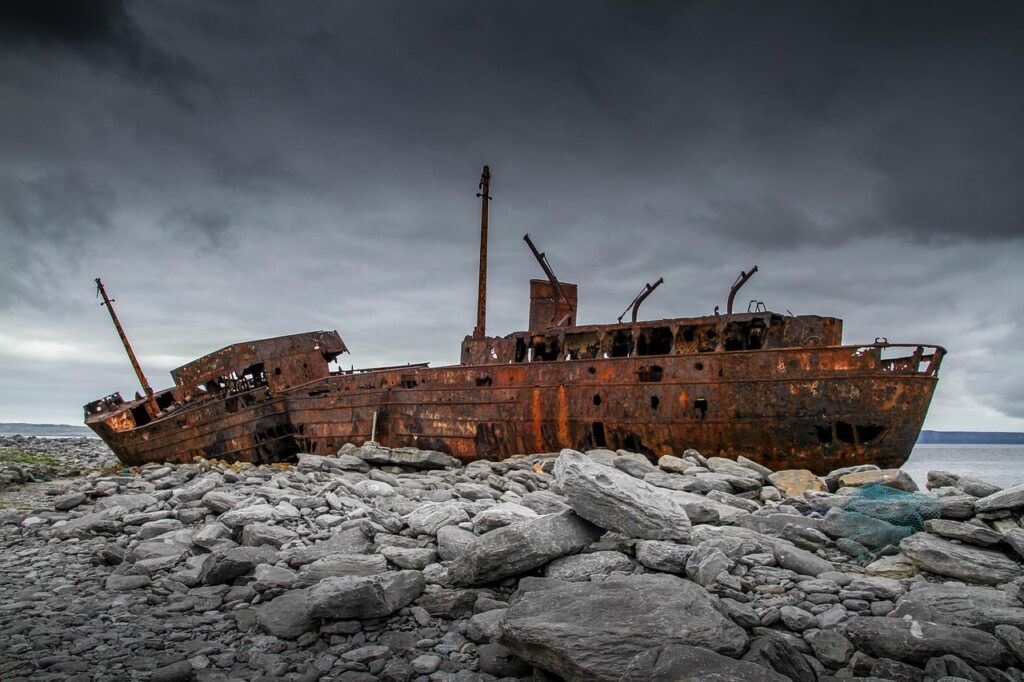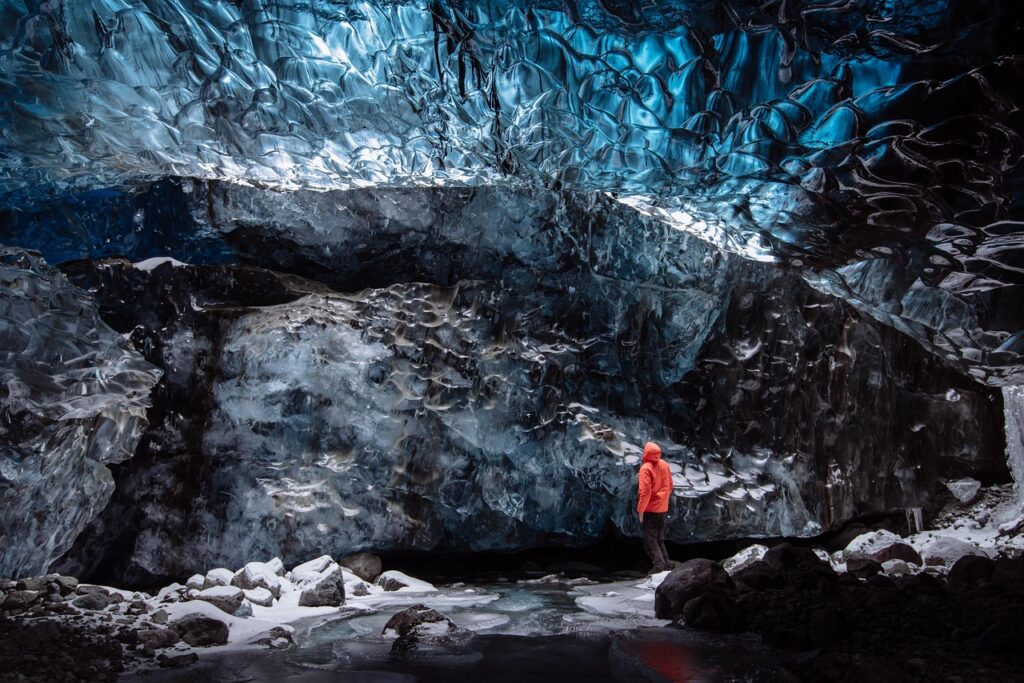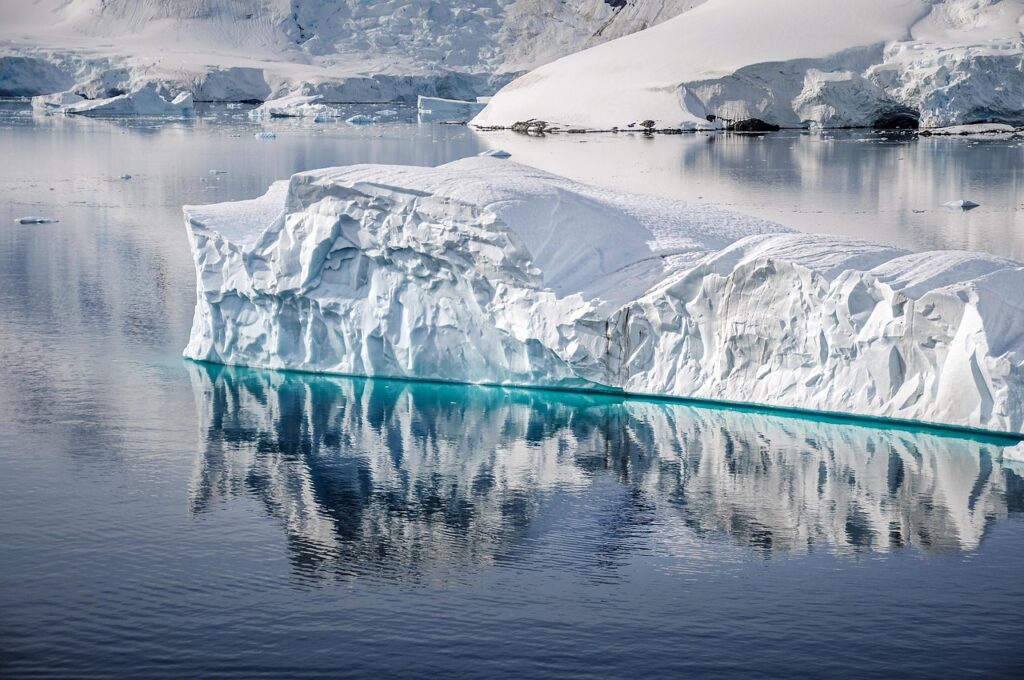
Antarctica, often envisioned as Earth’s last pristine wilderness, a continent of breathtaking desolation and scientific marvels, holds secrets far deeper than its icy façade suggests. For someplace so cold and seemingly devoid of ancient human presence, it has become a hotbed of archaeological intrigue, although not always in the way pop culture might imagine. While fanciful tales of advanced civilizations buried beneath the ice may capture imaginations, the real archaeological endeavors on this frozen expanse are far more grounded, yet no less captivating, revealing profound narratives of human courage, endurance, and, at times, tragedy. These discoveries challenge our conventional understanding of early human encounters with the southernmost continent, pushing back the timeline of human interaction with its shores.
The discovery of human remains in such an extreme environment is always unexpected and profoundly significant. Perhaps no find encapsulates this better than the mysterious human skull unearthed on Yamana Beach, a relic that continues to baffle scientists and historians alike. This solitary discovery, alongside other poignant sites of human presence, forms a crucial part of Antarctica’s unfolding story, a narrative that intertwines scientific curiosity with geopolitical aspirations. As the Antarctic Treaty, which has long preserved the continent for “peace and science,” approaches its critical review date in 2048, such archaeological findings may surprisingly influence future discussions about territorial claims and the very fate of this fragile wilderness.
Far from being mere relics of a bygone era, these tangible links to past human activity offer invaluable insights into the challenges and triumphs of those who first ventured into this formidable realm. They serve as a powerful reminder of humanity’s relentless drive to explore, understand, and sometimes, to claim, even the most inhospitable corners of our planet. As we delve into these remarkable discoveries, we celebrate the real heroes and scientists whose efforts and sacrifices are truly worthy of note, leaving spurious myths and legends to cool forever on the ice. The true stories are far more compelling than any fiction, illuminating the enduring human spirit in the face of the ultimate frontier.
1. **The Yamana Beach Skull: An Enduring Antarctic Enigma (c. 1819-1825)**The partial skull of a young woman, found on Yamana Beach at Cape Shirreff in Antarctica’s South Shetland Islands, represents perhaps the most enigmatic human discovery on the continent. Uncovered in 1985 by Chilean biologist Daniel Torres Navarro, this cranium, along with fragments of teeth and femur bone, is believed to be the oldest confirmed human remains ever found in Antarctica. The woman, identified as indigenous from southern Chile and in her early twenties, is thought to have died between 1819 and 1825, a period aligning with the very first known landings on the continent. Her presence here, far from the established sealing routes, immediately sparked decades of mystery and scientific inquiry.
Navarro’s initial discovery saw only the parieto-occipital portion of the skull visible, with other parts buried in the sand and the exposed area tinged green by microalgae. Subsequent retrieval efforts also yielded two maxillary fragments containing well-preserved teeth. However, extensive searches of the surrounding area failed to uncover the mandible, two central incisors, or any other significant human remains. This curious absence has only deepened the puzzle, leading researchers to ponder the precise sequence of events that brought her to this desolate shore and how her remains became so singularly isolated.
Several plausible theories have been proposed to explain the young woman’s presence. One suggests she may have been a member of a 19th-century sealing group, perhaps a stowaway or an unrecorded participant in one of the many sealing missions that ventured into these southern latitudes. The unexpected location of her discovery near remnants of a sealing camp supports this notion, although female sealers were virtually unheard of at the time, and no surviving documents explain her journey. Another compelling hypothesis posits a maritime accident, with her body perhaps buried at sea after a shipboard death, then carried by currents and storms to the Antarctic coastline. Once ashore, it is thought that carrion-eating birds like giant petrels, skuas, and kelp gulls could have scavenged and dispersed her remains, separating the cranium from the rest of the body before it was gradually buried by sand.
While the exact circumstances of her demise and journey to Antarctica remain unresolved, the Yamana Beach skull carries immense significance far beyond its archaeological value. In the context of the forthcoming 2048 review of the Antarctic Treaty and the escalating geopolitical interest in the continent, bones such as these may come into play in territorial claims. If Chile, her likely nation of origin, can demonstrate an earlier human presence in Antarctica than other claimant nations, it could strengthen their hand in future negotiations. This makes the young woman’s story, nearly 200 years after her death, a powerful, silent voice in the ongoing debate over the frozen continent’s future, intertwining deeply personal tragedy with global politics and national pride.
2. **San Telmo Wreck Evidence: Ghosts of the Drake Passage (1819)**The treacherous waters of the Drake Passage, separating the tip of Chile from the Antarctic Peninsula, hold a grim but historically vital secret: the fate of the Spanish frigate San Telmo. In September 1819, this 74-gun warship vanished during a fierce storm, a casualty of one of the most perilous sea routes on Earth. The San Telmo was part of a Spanish squadron en route to Callao, Peru, intended to reinforce royalist forces during the South American wars of independence. Her disappearance not only represents a tragic loss of life but also provides crucial context for understanding the earliest potential human contact with the Antarctic region.
While no individual human remains from the San Telmo have been conclusively identified on Antarctic shores, extensive wreckage definitively linked to the vessel has been recovered from Livingston Island and surrounding areas. These archaeological finds include intriguing items such as textiles, sandals, and various metal objects, hinting at the desperate struggle for survival of her crew. The presence of such personal effects on the Antarctic coastline suggests that some crew members may have survived the initial shipwreck, perhaps clinging to floating debris, only to succumb to the extreme conditions shortly thereafter. This evidence predates any official “discovery” of Antarctica by several years, painting a vivid picture of human material reaching the South Shetlands through an unforeseen disaster.
The significance of the San Telmo wreck extends beyond merely detailing a maritime tragedy. If any of her crew did indeed make it alive to the shores of the Antarctic islands, even for a brief period, they would have inadvertently beaten the British and other nations to be the first humans to set foot on the continent. This possibility profoundly challenges the established timeline of Antarctic exploration, which typically credits British and American sealers and explorers with the earliest landings around 1820-1821. The lost frigate thus offers a compelling, albeit speculative, narrative of a truly unsung first contact, underscoring the accidental and often devastating nature of early human encounters with this remote land.
Archaeologists continue to search the Antarctic islands for further signs of the San Telmo survivors, driven by the knowledge that such discoveries could fundamentally reshape our understanding of the continent’s early history. The wreckage and associated artifacts from the San Telmo provide a tangible link to a pivotal moment in global history, connecting the wars of independence in South America with the desolate shores of Antarctica. It stands as a silent testament to the raw power of the Southern Ocean and the indomitable, though often ill-fated, spirit of human endeavor in an era of sail and relentless exploration.
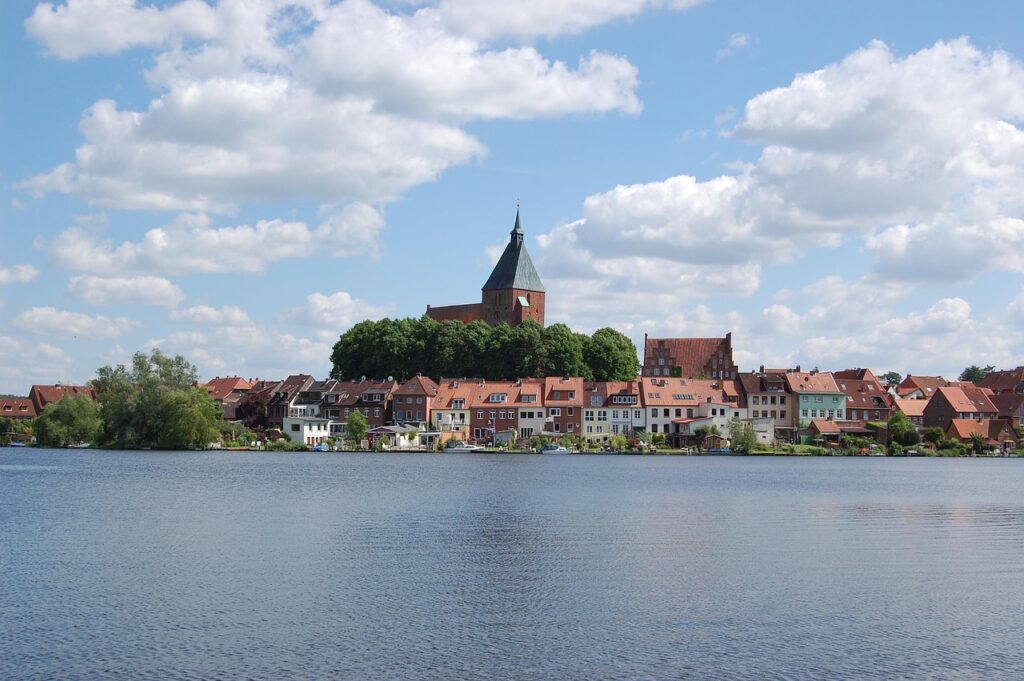
3. **Nicolai Hanson’s Grave: The First Mainland Burial (1899)**The desolate expanse of Cape Adare in Victoria Land holds a singular and profoundly significant human record: the grave of Nicolai Hanson, the Norwegian zoologist who became the first person officially buried on the Antarctic mainland. Hanson was a member of Carsten Borchgrevink’s Southern Cross Expedition (1898-1900), the first British expedition to overwinter on the Antarctic mainland. His untimely death on October 14, 1899, at the age of 24, from an intestinal disorder, underscored the brutal realities and inherent dangers of pioneering polar exploration, even for those dedicated to scientific pursuits.
Hanson’s burial site, marked by a cross and a simple inscription, stands as a poignant and enduring reminder of the human cost of scientific ambition at the turn of the 20th century. Unlike earlier, often anonymous, or unconfirmed presences, his grave represents a definitive and officially acknowledged human footprint on the continent itself, marking a critical juncture when Antarctica transitioned from an unknown, unvisited frontier to a place where humans would establish a sustained presence, live, work, and sometimes, ultimately perish. The expedition’s base at Cape Adare, where Hanson was buried, was a crude hut, and the challenges faced by the team were immense, constantly testing their resolve against the continent’s unforgiving climate.
Today, Nicolai Hanson’s grave is protected as an official Historic Site and Monument under the Antarctic Treaty System, ensuring its preservation for future generations. This recognition highlights its importance not just as a memorial to an individual, but as a symbol of the beginning of a new era in Antarctic history—the Heroic Age of exploration. His death, so far from home, served as a stark lesson for subsequent expeditions about the vital need for robust medical care and logistical planning in an environment that offered no margin for error. The site quietly speaks volumes about the early sacrifices made in the pursuit of knowledge about Earth’s southernmost continent.
The solitary grave at Cape Adare is more than just a burial; it is a turning point. It marks the moment when Antarctica, once merely theorized or glimpsed from afar, became a place where human life and death intertwined with its icy landscape. Hanson’s story, though tragic, is a foundational element in the narrative of human engagement with Antarctica, laying bare the profound commitment required to unlock the secrets of this remote land. It underscores the profound shift from transient encounters to the beginnings of long-term human presence, a precursor to the permanent research stations that dot the continent today.
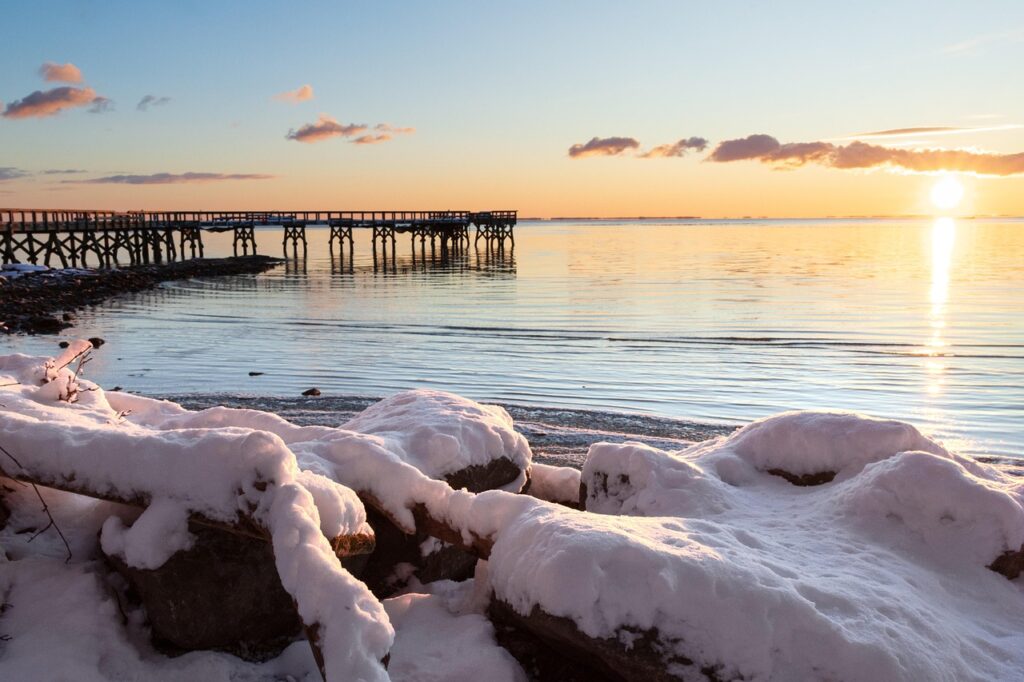
4. **Scotia Bay Graveyard: A Testament to Early Science (c. 1903 Onward)**On Laurie Island in the South Orkneys, buffeted by fierce winds, lies the Scotia Bay graveyard, a solemn collection of stone markers and remains dating from around 1903 onward. This historic cemetery is a direct legacy of the Scottish National Antarctic Expedition (1902-1904), led by William S. Bruce, which established the Orcadas Base, one of the earliest meteorological stations in the Antarctic region. The earliest burial at the site is believed to be from this expedition, signifying the expanding human footprint on the continent and its surrounding islands, driven by an accelerating scientific curiosity.
The Scotia Bay graveyard provides a tangible record of the increasing human presence in Antarctic science and exploration during the early 20th century. Unlike the more isolated grave of Nicolai Hanson, this site indicates a more sustained, if still extremely challenging, station life. It represents the growing commitment of nations to conduct long-term research in the polar regions, an endeavor that often demanded immense personal sacrifice. The individuals interred here were pioneers, pushing the boundaries of human knowledge in one of Earth’s most hostile environments, conducting meteorological observations, charting new territories, and studying the unique marine and terrestrial life.
Each grave marker, often crudely fashioned from local stone, tells a silent story of the dangers inherent in these remote outposts. Accidents, scurvy, and other diseases were ever-present threats, claiming lives far from home and family. The cemetery serves as a sobering testament to the resilience and determination of early station personnel and researchers who endured unimaginable hardships to advance scientific understanding. Their dedication paved the way for future generations of Antarctic scientists, transforming a largely unknown continent into a hub for international scientific collaboration.
The existence of such a graveyard underscores the reality that permanent human activity in Antarctica, even for scientific purposes, came at a considerable human cost. It reflects an era where rudimentary technology and limited communication meant that survival often hinged on sheer willpower and ingenuity. Today, the Scotia Bay graveyard remains an important historical site, not only commemorating those who lie there but also offering a profound connection to the foundational period of Antarctic science, inviting contemplation on the profound human stories embedded within the cold, silent landscape.

5. **Whalers Bay Cemetery: Echoes of an Industrial Era (c. 1906-1930s)**Deception Island, with its horseshoe-shaped caldera and active volcanic features, holds another poignant testament to early human endeavors in Antarctica: the Whalers Bay cemetery. This site is particularly significant as it encapsulates the brutal realities and human cost of the early 20th-century industrial whaling era, spanning roughly from 1906 to the 1930s. The cemetery contains dozens of burials and memorials, marking the resting places of the hardy individuals who pursued whales in these dangerous, remote waters, often enduring horrific conditions in their quest for economic gain.
The graves at Whalers Bay represent some of the first truly permanent, shore-based human activity in the Antarctic islands. Deception Island became a crucial hub for the whaling industry, offering a sheltered harbor within its caldera for factory ships and a shore station for processing whale oil. The men who worked here, primarily Norwegian and British, faced immense physical dangers, from the inherent perils of whaling itself to the harsh Antarctic climate and the isolation of their lives. Many succumbed to accidents, disease, or the unforgiving environment, finding their final resting place in this desolate but historically rich cemetery.
Beyond the individual tragedies, the cemetery provides invaluable demographic information about the multinational workforce that fueled this destructive industry. The grave markers, often simple and weather-worn, serve as a stark reminder of a largely forgotten chapter in Antarctic history, one driven by commercial exploitation rather than purely scientific or exploratory motives. It captures a snapshot of a time when the continent’s immense natural resources were being plundered on an industrial scale, profoundly impacting marine ecosystems but also leaving behind significant human archaeological footprints.
Today, Whalers Bay is a protected site, its abandoned whaling station and cemetery standing as a haunting open-air museum. The integrity of the site preserves not just human remains, but also personal artifacts and the remnants of the industrial infrastructure, offering researchers and visitors a unique, tangible connection to this complex and often grim period. It forces us to confront the environmental impact of past human actions while honoring the lives of those who perished in the service of a global industry, ensuring that their stories, and the lessons they impart, are not lost to the ceaseless Antarctic winds.

6. **Robert Falcon Scott and the South Pole Party (March 1912 (discovered November 1912))**The narrative of Antarctic exploration is replete with tales of extraordinary courage and heart-wrenching tragedy, and few stories resonate with such profound impact as that of Captain Robert Falcon Scott and his ill-fated polar party. Their desperate struggle and ultimate demise during the return journey from the South Pole in March 1912 remains one of the most famous and poignant sagas of human endurance against the planet’s harshest environment. The quest for the pole, a race against Norwegian explorer Roald Amundsen, pushed these men to their absolute limits, far beyond the reach of rescue or respite.
It was not until November 12, 1912, that a search party discovered their tent, tragically frozen in time, on the vast expanse of the Ross Ice Shelf. Inside lay the bodies of Scott, Dr. Edward Wilson, and Henry Bowers, preserved by the bitter cold. The discovery was a somber moment, a stark realization of the ultimate price paid for ambition and scientific endeavor in such an unforgiving land. Their final resting place became a silent monument to their sacrifice, a testament to the immense challenges of early polar travel that often overshadowed even the most meticulous planning.
The recovery of their diaries and personal effects provided an unparalleled, firsthand account of their ordeal. These invaluable documents detailed the excruciating hardships they faced—blizzards, extreme cold, dwindling supplies, and the crushing realization of their insurmountable distance from safety. These harrowing records not only offered intimate glimpses into the minds of the explorers but also exposed the logistical failures that ultimately contributed to their tragic end. The narratives fundamentally reshaped public understanding of polar exploration, transforming it from a romanticized adventure into a stark lesson about the limits of human endurance and the unforgiving nature of the Antarctic continent.
Beyond the personal tragedy, Scott’s final expedition left an indelible mark on the public consciousness, forever associating their names with the relentless pursuit of knowledge and the profound sacrifices made in the name of discovery. Their story continues to inspire debates about leadership, strategy, and the psychological toll of isolation, cementing their place in the annals of exploration as both heroes and cautionary figures whose legacy transcends generations.
7. **Inexpressible Island Winter Cave Site (1912)**While Scott’s main party faced their devastating end, another incredible story of survival unfolded during the same Terra Nova Expedition. The Northern Party, led by Victor Campbell, found themselves stranded and forced to overwinter in an improvised ice cave on remote Inexpressible Island in Victoria Land. This unexpected turn of events in 1912, triggered by the expedition ship’s inability to retrieve them, forced the six men to confront the full, brutal force of an Antarctic winter with extremely limited resources and no proper shelter.
The site of their wintering cave, now an archaeological treasure, preserves tangible remnants of their desperate struggle for survival. Within the frigid confines, researchers have meticulously documented improvised equipment crafted from salvaged materials and countless seal bones, grim evidence of their primary food source. These artifacts tell a gripping and detailed story of human ingenuity and adaptation under the most extreme conditions imaginable, far from the comforts and technologies of their era.
Their ordeal included enduring scurvy, extreme cold, and constant hunger, yet they managed to not only survive but also conduct scientific observations. The archaeological record at Inexpressible Island provides invaluable insights into the practical realities of overwintering with minimal resources during the Heroic Age. It highlights the sheer resilience required, the resourcefulness in fashioning tools and shelter from nothing, and the psychological fortitude needed to maintain hope in the face of such profound isolation and physical distress.
The narrative of the Northern Party is one of triumph against overwhelming odds, a testament to the human spirit’s refusal to yield. Their ability to adapt, innovate, and collectively survive in a makeshift ice cave underscores the extraordinary capabilities of these early explorers. The site remains a powerful educational tool, allowing modern audiences to connect directly with the raw reality of their experience and appreciate the monumental challenges faced by those who first ventured into Antarctica’s forbidding embrace.
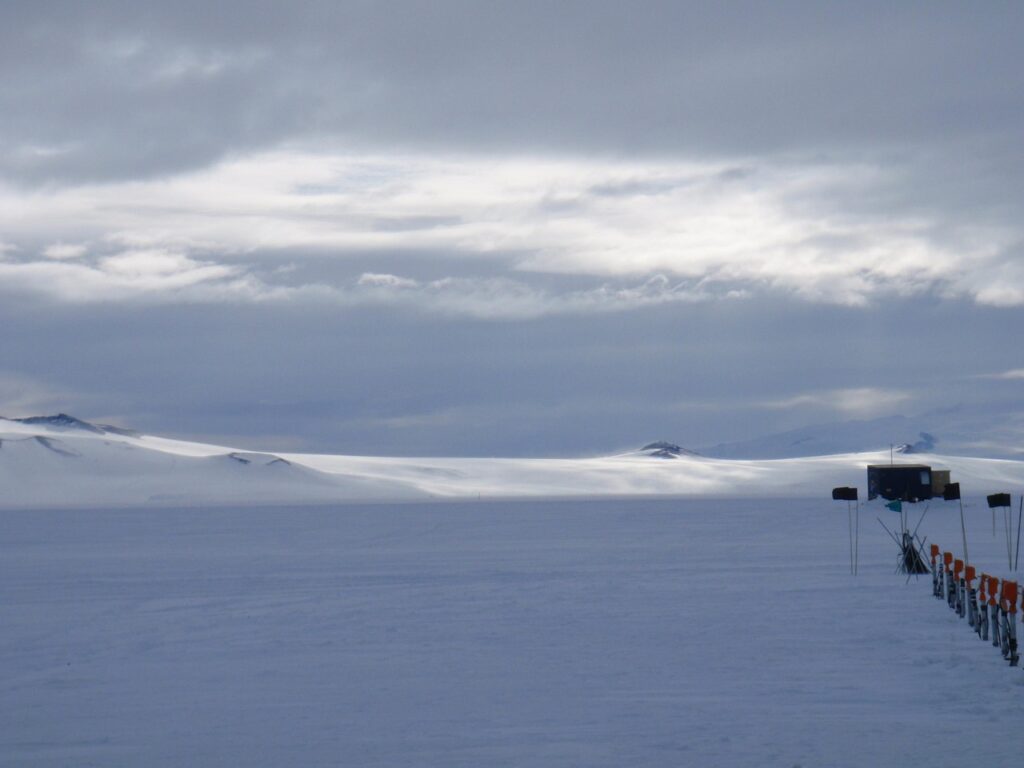
8. **Ross Island Graves and Hut Sites (1907-1913)**Ross Island, a rugged volcanic outpost in the Ross Sea, holds an exceptional concentration of historical sites that collectively chronicle the intense activity of the Heroic Age of Antarctic exploration. Scattered across its stark landscape are historic graves and remarkably preserved hut sites, including Captain Robert Falcon Scott’s iconic Cape Evans hut and Sir Ernest Shackleton’s Cape Royds hut. These locations are far more than mere ruins; they are primary physical records, frozen archives of an era defined by audacious scientific expeditions and the profound sacrifices made in the pursuit of knowledge.
Within these desolate yet hallowed grounds, archaeologists have uncovered not only the personal effects and scientific equipment of the legendary explorers but also human remains in some of the small, wind-battered cemeteries. Each grave and every artifact within the huts tells a silent, poignant story of the men who braved the unimaginable—men who lived, worked, and sometimes perished while attempting to unlock the secrets of the bottom of the world. These sites provide a direct, tangible connection to the daily lives, struggles, and aspirations of those who pioneered human presence on the continent.
The meticulously preserved huts, with their contents often left exactly as the explorers departed them, offer a unique window into early 20th-century polar logistics and scientific practice. From their cramped living quarters to their laboratories and workshops, the huts speak volumes about the ingenuity and camaraderie that characterized these expeditions. These sites have become major focuses of Antarctic heritage conservation efforts, ensuring that future generations can walk in the footsteps of giants and truly comprehend the immense scale of their achievements and hardships.
Ross Island thus stands as a living museum, a stark reminder of the extraordinary human endeavor that defined the Heroic Age. The interplay between the preserved structures, the artifacts, and the sacred graves creates a powerful sense of connection to the past, offering profound educational and emotional experiences. It is a place where the history of polar exploration comes alive, resonating with tales of courage, scientific ambition, and the enduring human spirit in the face of nature’s most formidable challenges.

9. **Buromskiy Island Cemetery (1950s onward)**Moving beyond the Heroic Age, the Buromskiy Island Cemetery offers a vital perspective on the continuing human presence and cost in Antarctica, particularly in the post-World War II era. Located near the Soviet Mirny station, this cemetery serves as a solemn memorial to expedition members who died in service from the 1950s onward. It represents a significant shift from individual exploratory ventures to the era of expanding national Antarctic programs, characterized by the establishment of permanent scientific research stations and sustained international cooperation.
The graves and memorials on Buromskiy Island bear witness to the enduring dangers faced by those dedicated to Antarctic science and logistics. Individuals like Ivan Khmara, a driver-mechanic who died in an accident in 1960, are among those interred here, their stories reflecting the human toll of accidents, disease, and the inherent operational hazards of working in such a remote and extreme environment. Each marker underscores the reality that even with advancing technology and improved infrastructure, Antarctica remains a demanding frontier that can claim lives.
This cemetery highlights the global commitment to scientific exploration of the polar regions, encompassing contributions from various nations involved in the Antarctic Treaty System. It serves as a stark reminder that while the motivation might have shifted from pure exploration to scientific research, the commitment and the sacrifices remain profound. The site is a protected memorial, ensuring that the legacy of those who contributed to our understanding of the polar regions is honored and remembered, serving as a powerful counterpoint to the more isolated burials of earlier eras.
Buromskiy Island Cemetery is therefore not just a place of remembrance; it’s a testament to the collective human endeavor in modern Antarctic science. It symbolizes the continuity of human courage and dedication, linking the earliest explorers to the contemporary researchers who continue to brave the continent’s harsh conditions. The quiet rows of graves tell a story of international collaboration, personal loss, and the unyielding pursuit of knowledge that continues to define Antarctica’s role on the world stage.
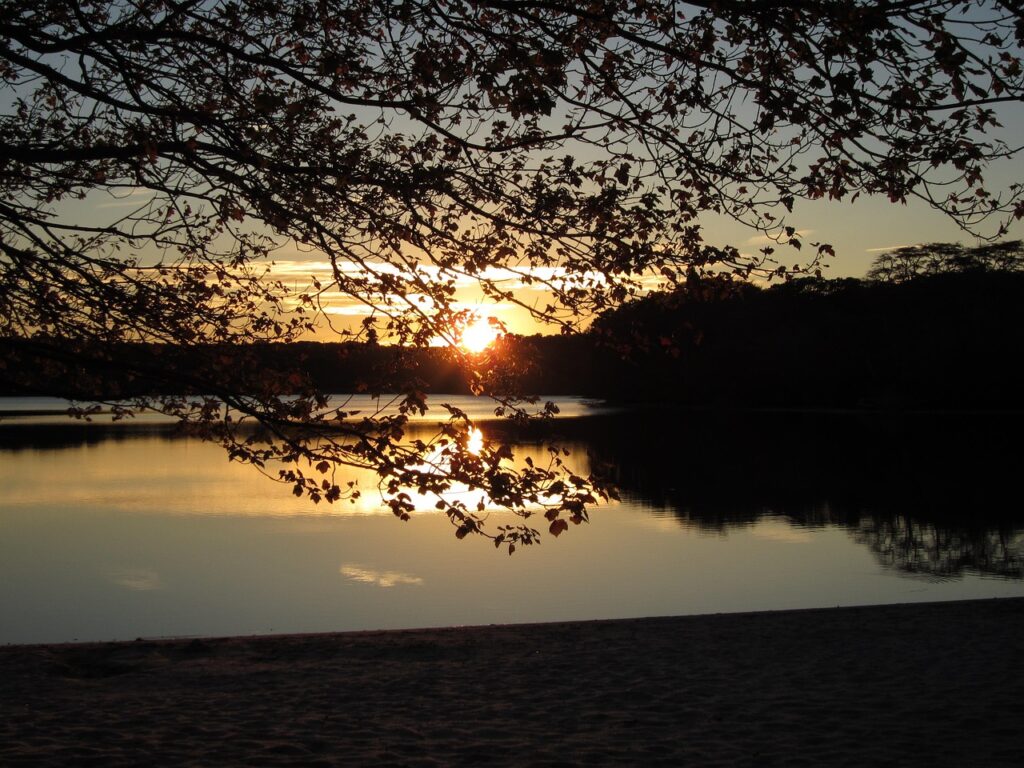
10. **Dennis “Tink” Bell (1959 (recovered 2025))**In a remarkable and poignant discovery that vividly demonstrates the tangible effects of a warming climate, Polish researchers, in January 2025, recovered the remains of British meteorologist Dennis “Tink” Bell. Bell had been tragically lost in a crevasse on King George Island in 1959, his fate sealed by the unforgiving ice. His recovery 66 years later from the retreating Ecology Glacier is a powerful illustration of how climate change is quite literally uncovering the past, bringing long-lost human stories back into the light.
The painstaking process involved DNA testing of the recovered bone fragments, which, along with the discovery of over 200 personal items, conclusively confirmed his identity. This provided long-awaited closure for his family, who had lived for decades with the uncertainty of his disappearance in the vast, icy wilderness. The personal effects, likely including diaries, photographs, and tools, offer intimate glimpses into Bell’s life and work during the nascent years of permanent scientific stations in Antarctica, enriching the human narrative of the continent.
Bell’s story is a compelling example of how glacial retreat, a direct consequence of global warming, is transforming the Antarctic landscape and revealing artifacts and human remains previously locked away for decades or even centuries. While offering opportunities for new archaeological and historical insights, these finds also raise complex ethical and logistical questions about the identification, respectful recovery, and proper handling of human remains in a rapidly changing polar environment. It underscores the profound and often unexpected ways environmental shifts intersect with human history.
This discovery not only commemorates Dennis Bell’s individual sacrifice but also serves as a potent symbol of the broader implications of climate change on Antarctica’s fragile ecosystem and its historical record. His recovery connects a personal tragedy to a global environmental phenomenon, urging us to consider the intertwined fates of humanity, the planet, and the secrets held within its melting ice. It is a powerful reminder that Antarctica’s past, present, and future are inextricably linked, continually shaping our understanding of this mysterious continent.
These ten compelling discoveries paint a vivid tapestry of human endeavor, tragedy, and triumph in Antarctica. From the earliest enigmatic presences to the determined expeditions of the Heroic Age and the ongoing scientific endeavors, each find offers a profound glimpse into humanity’s relentless drive to explore Earth’s most challenging frontier. As the ice continues its slow, inexorable retreat, driven by a warming planet, we are left to wonder what further secrets will emerge from beneath its frozen shroud. These unearthed remnants are not just relics; they are silent witnesses, compelling us to reflect on the immense sacrifices made in the pursuit of knowledge and the enduring human spirit that bravely faces the unknown, forever etched into the cold, silent heart of the southernmost continent.


